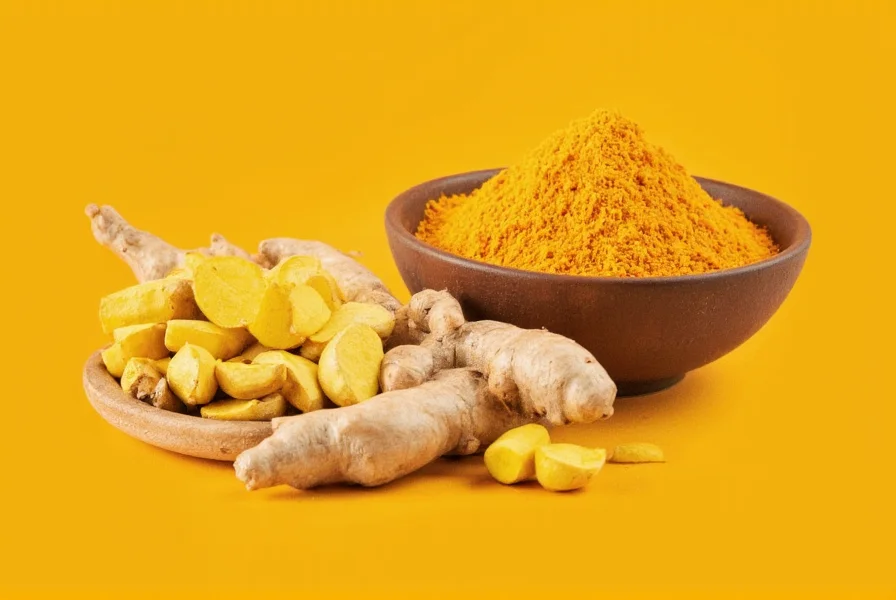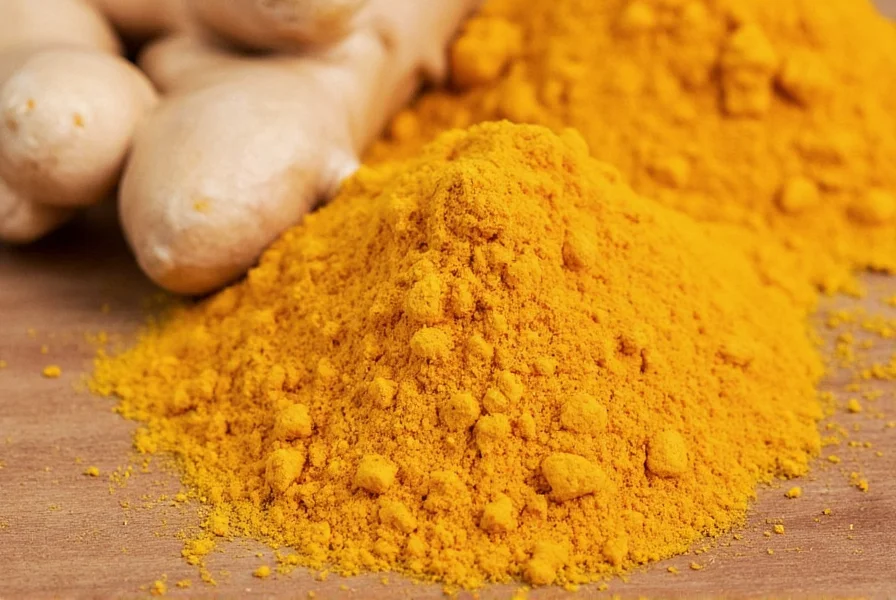When evaluating turmeric and ginger supplement benefits, it's essential to understand the science behind these botanicals and what makes certain formulations more effective than others. Turmeric contains curcumin, a compound with well-documented anti-inflammatory properties, while ginger offers complementary benefits for digestion and inflammation management. However, both face significant bioavailability challenges that impact their effectiveness.
The Science Behind Turmeric and Ginger
Curcumin, the primary active compound in turmeric, has been extensively studied for its potential health benefits. Research published in Food Science & Nutrition indicates curcumin may support healthy inflammatory responses and joint function. Ginger contains gingerols and shogaols, compounds shown in International Journal of Preventive Medicine to have antioxidant and anti-inflammatory effects.
Despite promising research, both compounds face a critical limitation: poor bioavailability. Standard curcumin is poorly absorbed by the body, with studies showing less than 1% absorption rate. This is why understanding curcumin bioavailability issues is crucial when evaluating any turmeric supplement.
Bioavailability Challenges in Turmeric Supplements
The human body struggles to absorb curcumin effectively due to:
- Low solubility in water
- Rapid metabolism in the liver and intestinal wall
- Quick systemic elimination
| Supplement Type | Average Bioavailability | Key Limitations |
|---|---|---|
| Standard Turmeric Powder | <1% | Poor solubility, rapid metabolism |
| Curcumin with Piperine | ~20x increase | Potential medication interactions |
| Liposomal Formulations | 5-10x increase | Stability concerns, higher cost |
| Water-Dispersible Formulations | 40-45x increase | Requires specific manufacturing process |
Various approaches attempt to overcome these limitations, including combining curcumin with piperine (from black pepper), using liposomal delivery systems, or creating water-soluble formulations. Each method has advantages and limitations that affect the scientific evidence for turmeric supplements.
Understanding Qunol's Formulation Approach
Qunol Turmeric and Ginger uses a water-soluble curcumin formulation designed to improve absorption without requiring piperine. This approach addresses common concerns about turmeric supplement interactions with medications, as piperine can affect how the body processes certain drugs.
The product combines 500mg of curcumin with 100mg of ginger root extract per serving. This ratio reflects research suggesting synergistic effects between these botanicals for supporting healthy inflammation response. When examining how does Qunol turmeric absorption work, the key differentiator is their water-soluble technology that enhances bioavailability compared to standard curcumin supplements.

Evaluating Evidence for Turmeric and Ginger Supplements
When researching best turmeric supplement for inflammation, consider these evidence-based factors:
- Clinical backing: Look for products with human clinical studies supporting their specific formulation
- Standardized extracts: Ensure consistent levels of active compounds (curcuminoids in turmeric, gingerols in ginger)
- Third-party testing: Verification of purity and potency from independent laboratories
- Dosage transparency: Clear labeling of active compound amounts, not just total plant weight
A 2022 review in Nutrients analyzed various curcumin formulations and found water-soluble versions demonstrated significantly higher blood levels compared to standard curcumin. However, the review emphasized that effectiveness varies substantially between different enhanced-absorption technologies.
What to Consider When Choosing Any Turmeric-Ginger Supplement
Regardless of brand, these objective criteria help evaluate what to look for in quality turmeric supplements:
- Active compound concentration: Look for standardized extracts specifying curcuminoid and gingerol content
- Bioavailability method: Understand how the product addresses absorption challenges
- Clinical evidence: Prefer products with human studies on their specific formulation
- Third-party verification: Look for NSF, USP, or ConsumerLab certification
- Transparency: Clear labeling of all ingredients and their amounts
It's important to note that supplement regulation differs significantly from pharmaceuticals. The FDA does not evaluate supplements for safety and efficacy before they reach market, making independent verification crucial for consumer protection.
Safety and Usage Considerations
Turmeric and ginger are generally well-tolerated, but certain considerations apply:
- Ginger may interact with blood-thinning medications
- High-dose turmeric supplements might cause digestive discomfort in sensitive individuals
- Pregnant or breastfeeding women should consult healthcare providers before use
- Those with gallbladder issues should exercise caution with turmeric
The typical effective dose range for curcumin is 500-2,000mg daily, while ginger is commonly dosed at 100-200mg of standardized extract. Always follow label instructions and consult healthcare professionals when combining supplements with medications.

Conclusion
When evaluating turmeric ginger supplement comparison options, understanding the science behind bioavailability is crucial. While Qunol Turmeric and Ginger represents one approach to enhancing curcumin absorption through water-soluble technology, consumers should focus on evidence-based criteria rather than brand names alone. The most effective supplement for any individual depends on their specific health needs, potential medication interactions, and how well their body responds to different bioavailability technologies. Always prioritize products with transparent labeling, third-party verification, and clinical evidence supporting their specific formulation.










 浙公网安备
33010002000092号
浙公网安备
33010002000092号 浙B2-20120091-4
浙B2-20120091-4